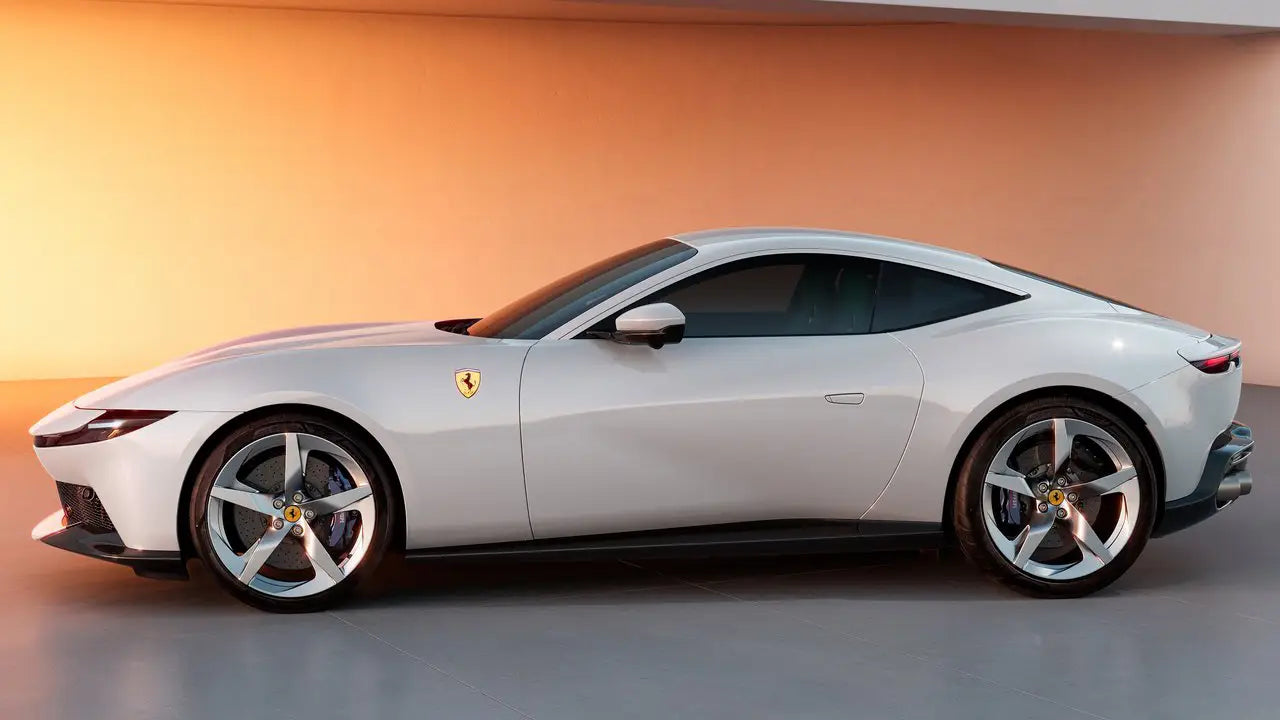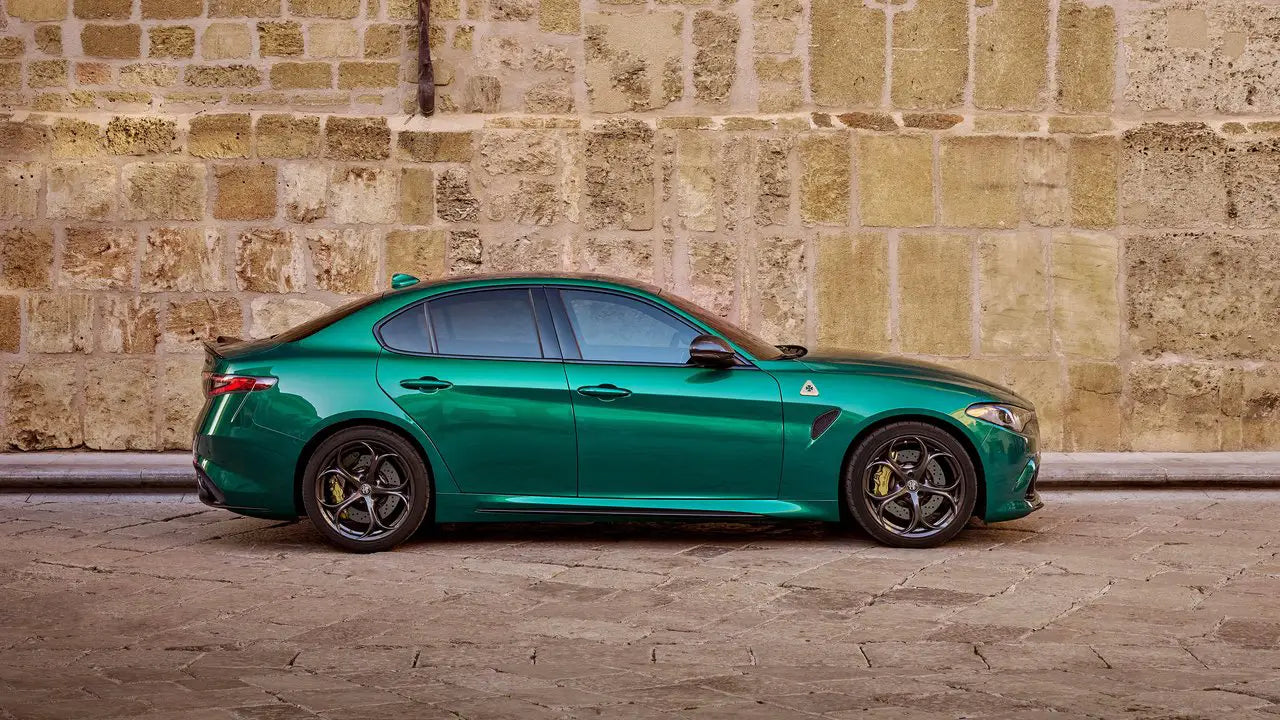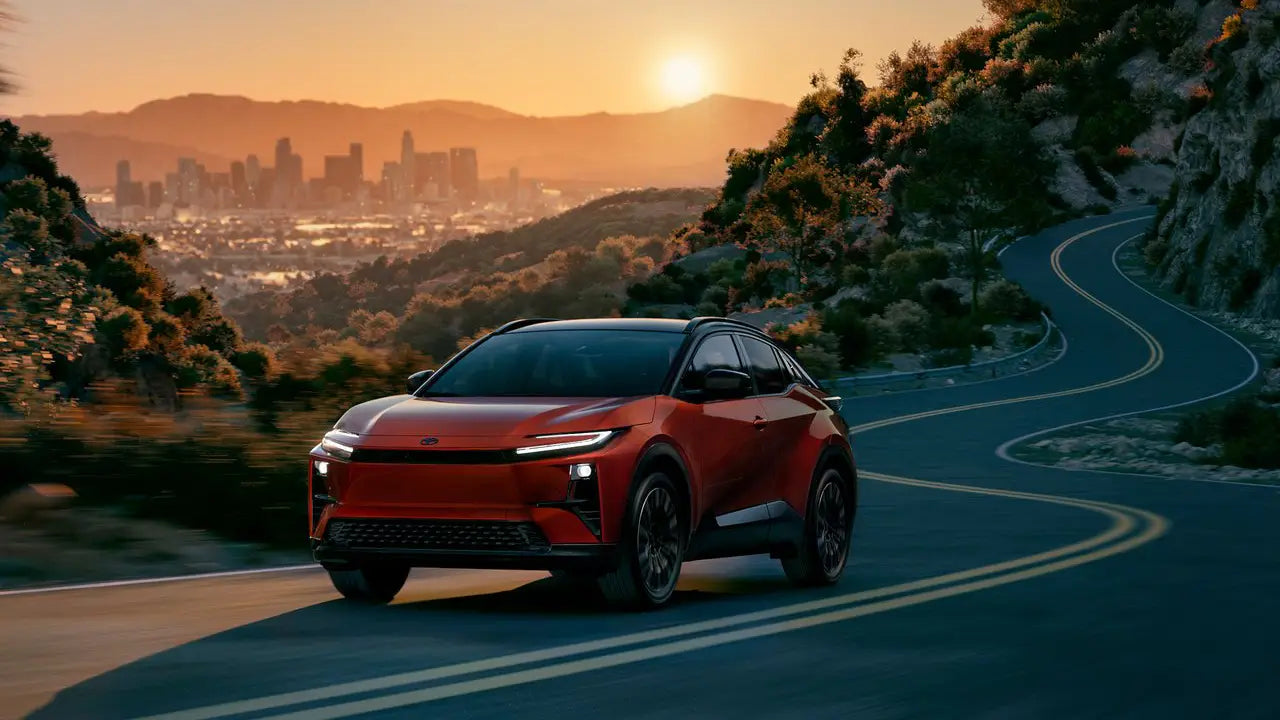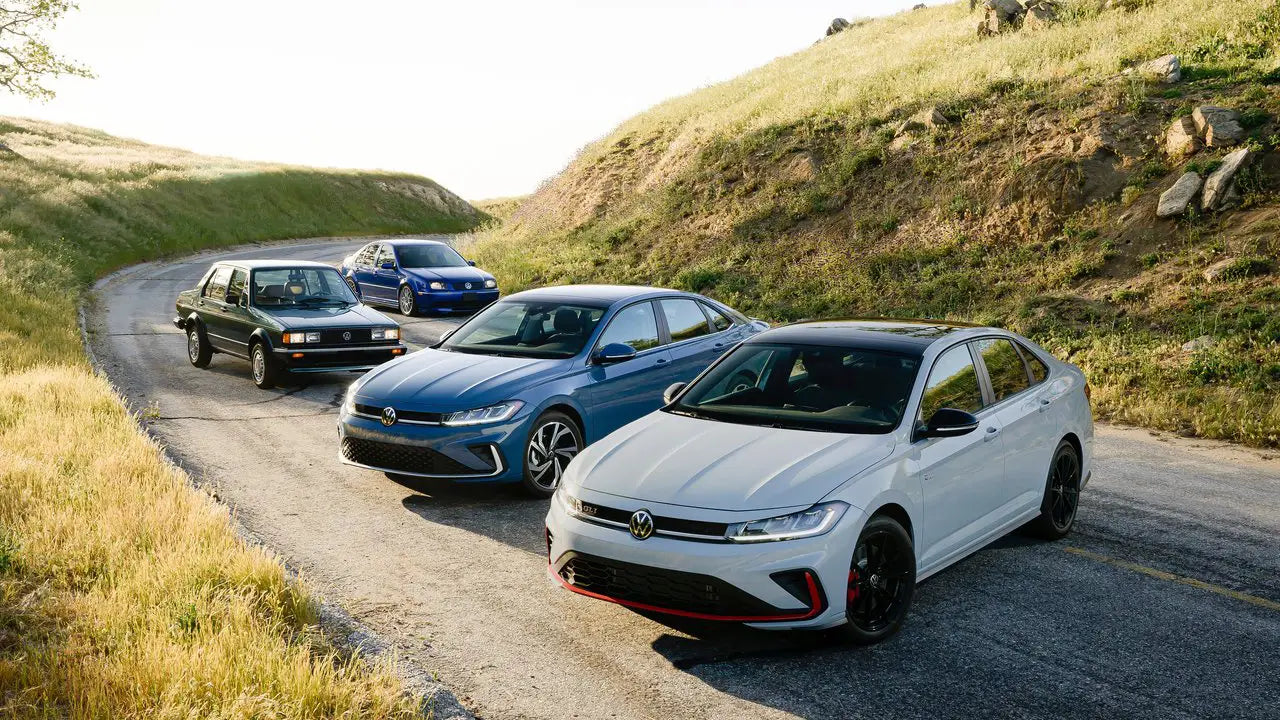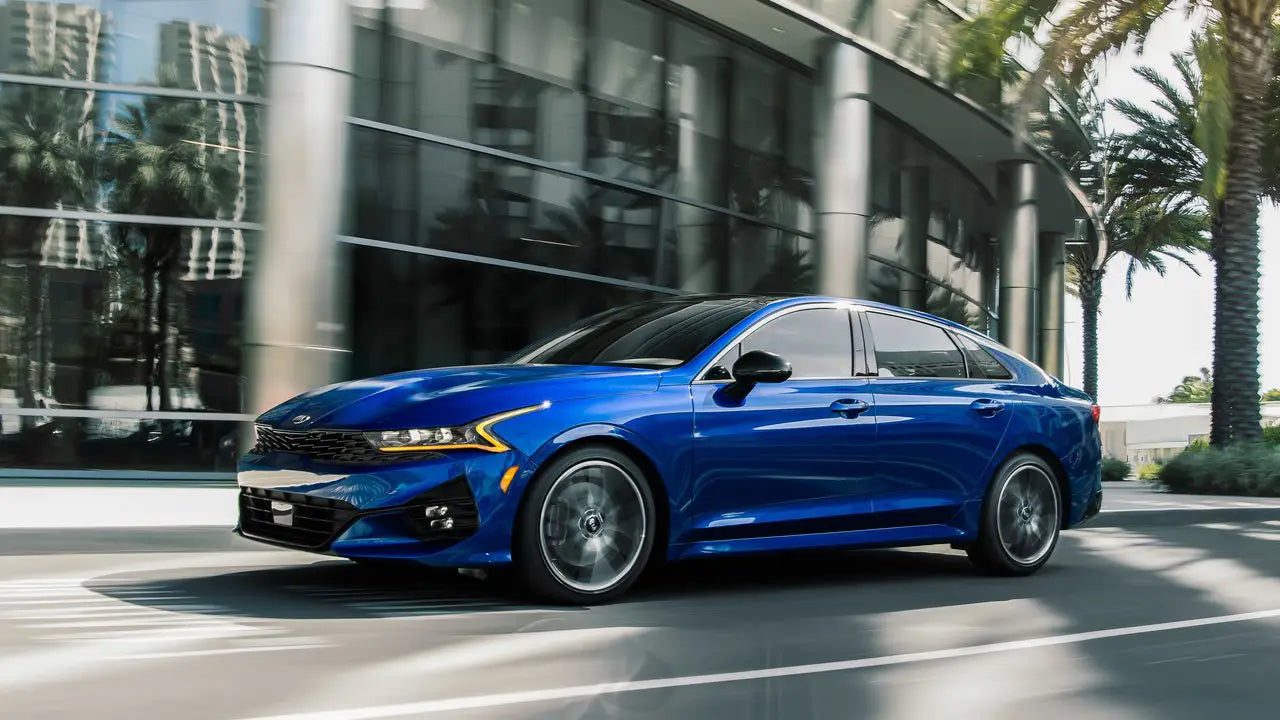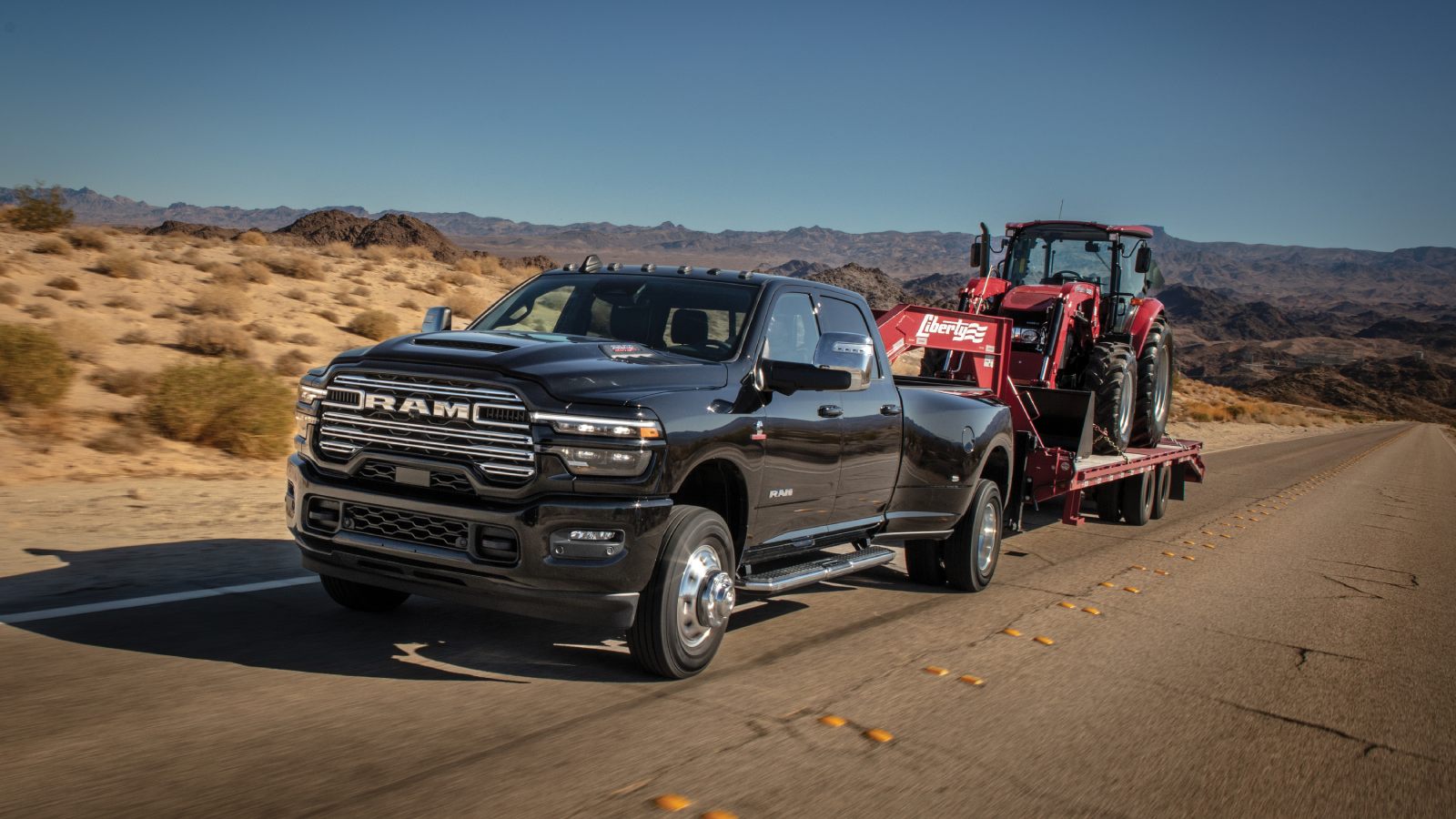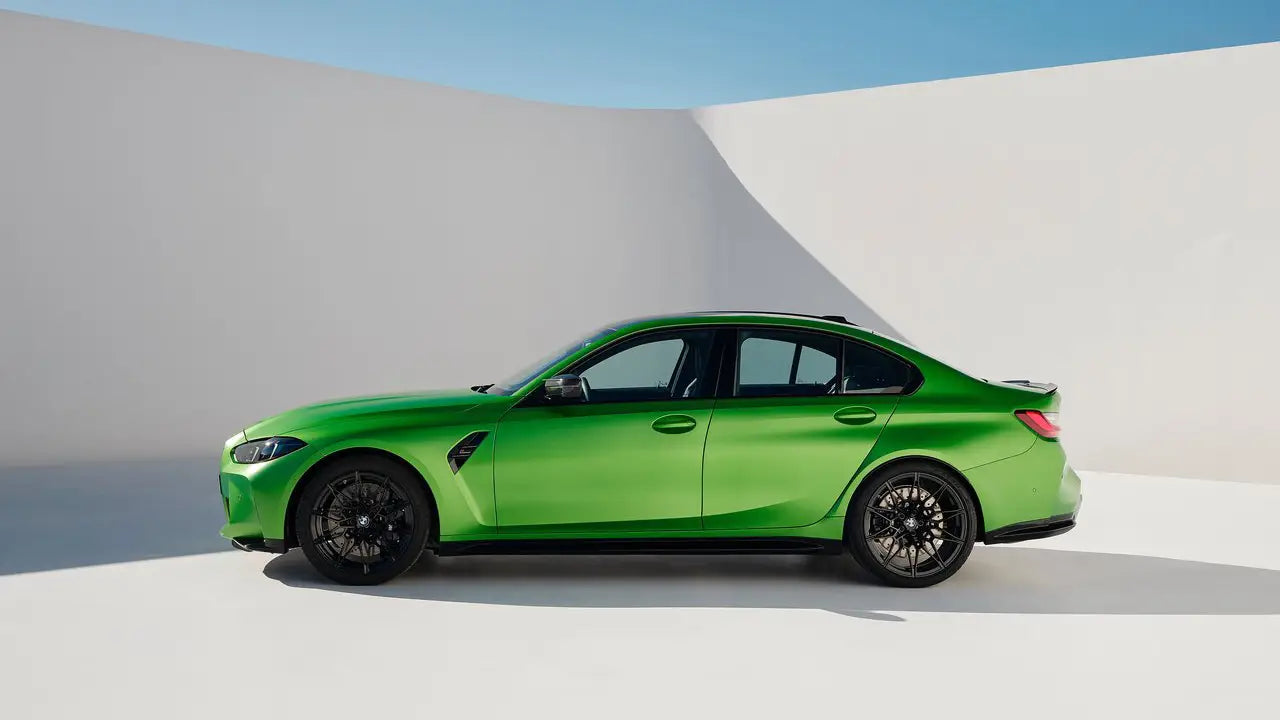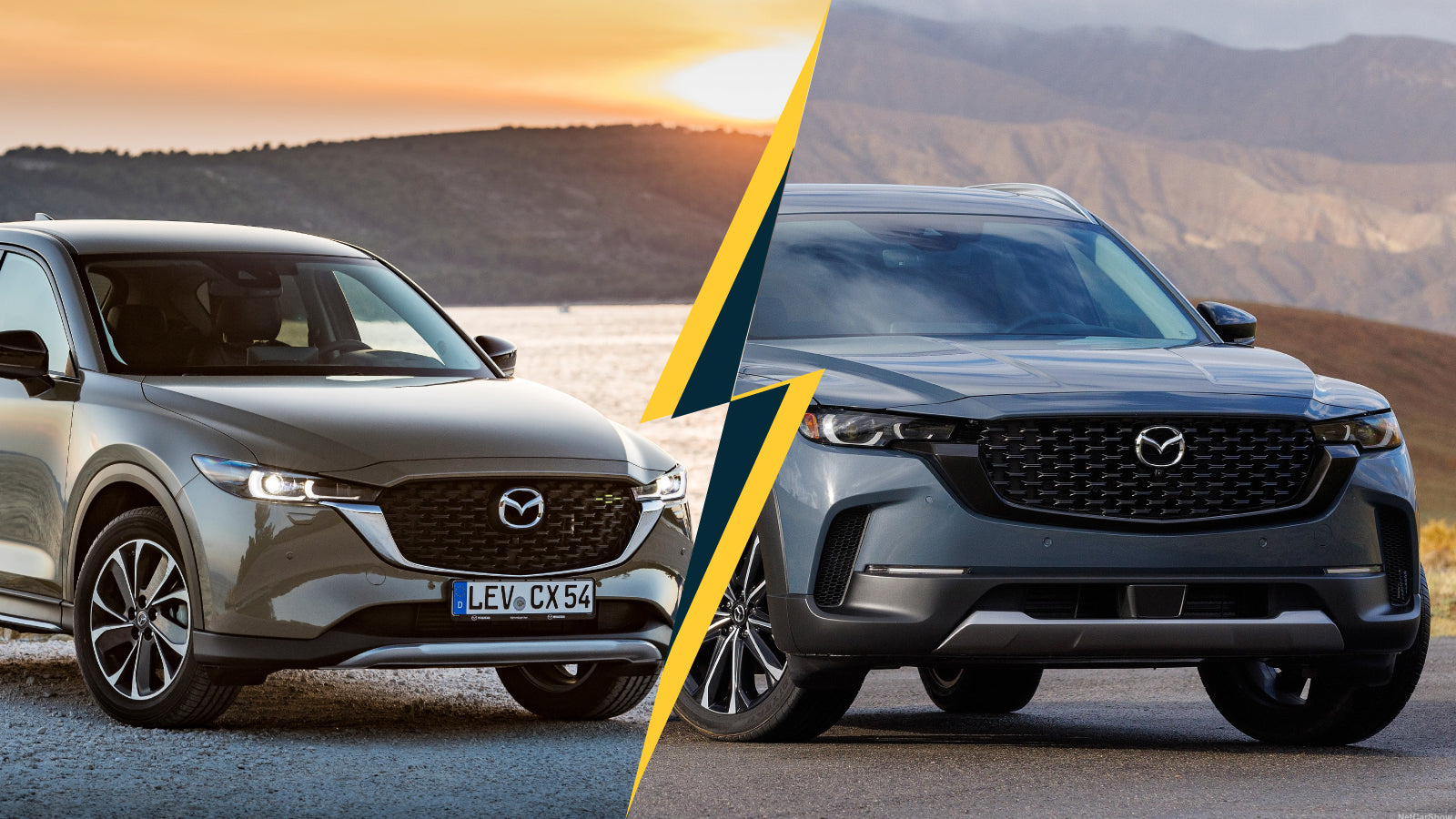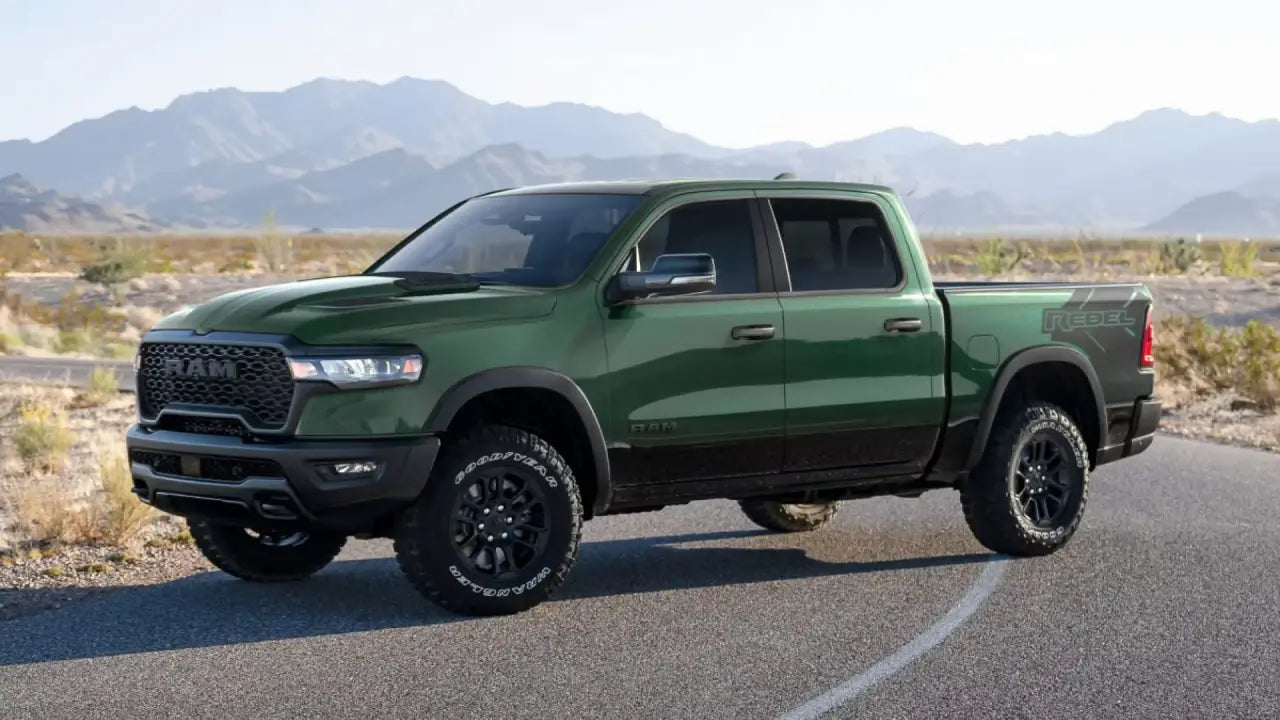The 2027 Ferrari Amalfi expertly combines Ferrari's grand tourer heritage with 21st-century expectations, displaying sculptural refinement, powerful performance, tactile controls, and thoughtful daily usability. Let's learn everything about it!
Power and Performance: Ferrari’s Entry-Level V8
The Amalfi is powered by a 3.9L twin-turbocharged V8 engine from Ferrari's F154 family. This engine has been retuned to produce approximately 640 horsepower and 760 Nm of torque via refinements such as lightweight camshafts, faster turbos, and recalibrated engine controls. As a result, the car accelerates from 0 to 100 km/h in about 3.3 seconds and has a top speed of around 320 km/h (199 mph), putting it among the fastest grand tourers in its class.

Chassis Dynamics: Precision Engineering at Work
Ferrari has equipped the Amalfi with its latest brake-by-wire with ABS Evo system, resulting in an approximate 9 percent improvement in stopping distance over the Roma. Additional technologies, including Side Slip Control 6.1 (or 8.0 in some markets), the Ferrari Dynamic Enhancer, and magnetorheological dampers with dual-coil suspension architecture, ensure a precise blend of comfort and dynamic responsiveness, supported by active aerodynamics to enhance handling on any road.
A Fresh Design: Elegance Meets Aerodynamic Function
Ferrari's “fluid monolithic sculpture” design philosophy is fully realized in the Amalfi, which abandons mere refinement in favor of a comprehensive redesign. While the Roma laid the groundwork, Ferrari claims the Amalfi is virtually brand-new: every body panel (save the greenhouse) has been redesigned. The result? A sharper, more purposeful silhouette featuring a minimalist shark-nose front end with a narrow bar intake, slender LED headlights, and a clean rear with an ingeniously hidden three-stage active spoiler, generating up to 110 kg (243 lb) of downforce at 250 km/h.

Interior Innovations: Returning to Touch and Clarity
Interior design represents a significant departure from the previous Roma's touch-sensitive interface. In direct response to owner feedback, Ferrari has added tactile, physical controls to the steering wheel, including the much-missed red metal start button. The cockpit features three digital screens: a fully digital 15-inch driver display, a central horizontal 10.25-inch screen, and an optional 8-inch passenger display. A redesigned aluminum center tunnel enhances both minimalist aesthetics and ergonomic function.

Market Positioning and Availability
Positioned as Ferrari’s last dedicated petrol-powered grand tourer, the Amalfi carries a European starting price of €240,000 ($281,000 USD). Production is set to begin in early 2026 in Europe, followed by deliveries in the United States and other markets between late 2026 and early 2027. Ferrari has confirmed the model will not have a strict production cap, allowing a flexible allocation based on global demand.
Bonus Insight: Ferrari Admits a Design Misstep with Haptic Controls
Ferrari has admitted that the haptic, touch-sensitive steering wheel buttons that were added to the SF90, Roma, 296 GTB, Purosangue, and 12 Cilindri models were a mistake. According to Ferrari, the intent was to deliver smartphone-like speed and style, but the execution proved “probably too advanced and not 100 percent perfect in use.” As a result, drivers frequently activated unintended systems like cruise control by adjusting their grip, distracting from the driving experience.

In response, the Amalfi debuts a return to tactile physical buttons on the steering wheel, including the signature red engine-start button. All new Ferrari models will adopt this balanced interface approach, combining digital and physical controls for intuitive usability. Ferrari even now offers retrofit kits for the recent touch-operated cars. Owners of the SF90, 296 GTB, Purosangue, and 12Cilindri can now visit a Ferrari dealership and swap their steering wheels for the all-new wheel used in the Amalfi.



